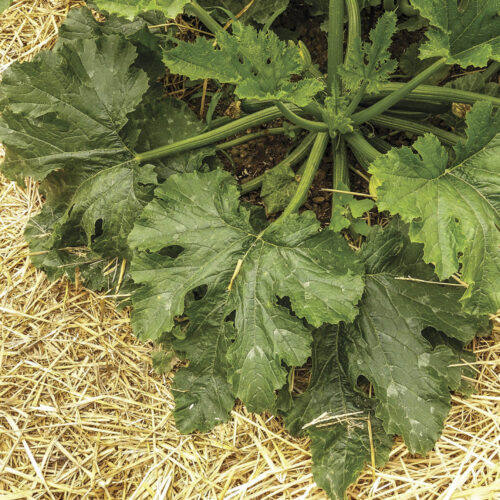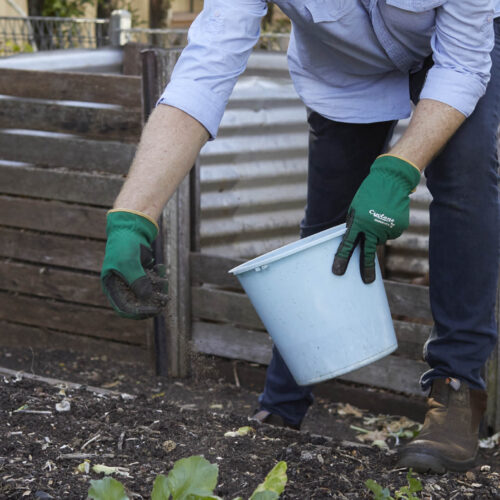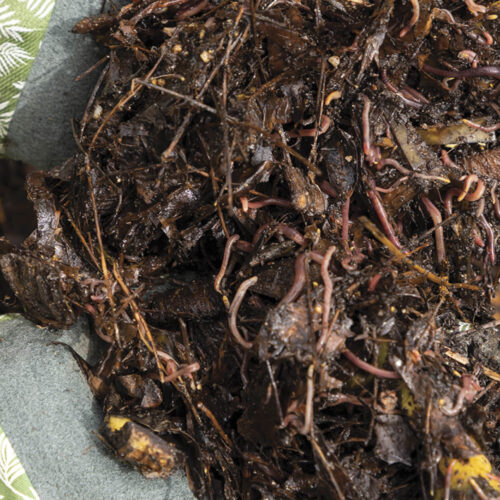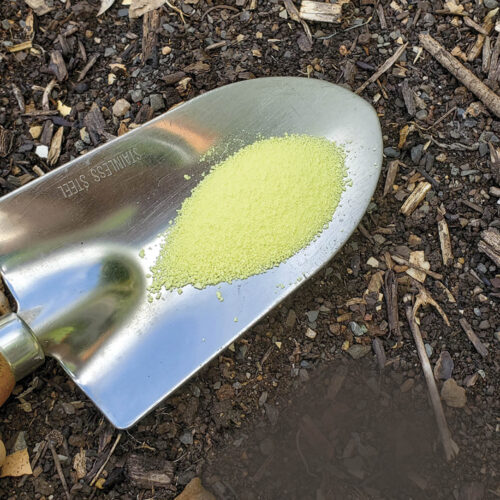How to make your own seed raising mix
2012-06-06T04:33:01+10:00
Raising seedlings is an important part organic vegetable gardening and to do it well, you need a quality seed raising mix. There’s no need to be spending good money on commercial product when you can make your own for less, says PHIL DUDMAN
Like many organic gardeners, I’ve been making my own seed raising mix for years. Putting all the ‘saving money’ benefits aside, I just find it more convenient to make up a batch with whatever I have laying around at the time.
Basically, if you make your own organic compost, you can use it as the base for knocking up a blend. If I’ve got it, I’ll throw in some sharp sand. Sometimes I rediscover an old bag of vermiculite or perlite (expanded mica and volcanic rock useful retaining moisture and air in the mix) and that will go in.
What is handy to have is a garden sieve. This allows you to remove the chunky materials invariably found in homemade compost, leaving behind the fines which make better contact with seed and blend more easily with other ingredients.
The other thing I like to have on hand is coir peat or coconut coir. This is incredibly good at retaining moisture, which is important when germinating seeds, and because it’s from the coconut, it’s a renewable resource unlike the more traditional peat moss. It’s available in nurseries, hardware stores and some supermarkets for a very reasonable price and comes in a compressed form, like a brick, which you throw in a bucket of water to rehydrate. A $3 brick will expand to give you a 9litre bucket full of the stuff. It’s reasonably coarse too, so it aids in keeping air in the mix. I like to keep a few bricks handy in the cupboard.
The other key ingredient that goes in is homemade worm castings
The blend:
- 2 buckets of sieved organic compost
- 1 bucket of coir peat
- 4 heaped handfuls of worm castings.
Wack on some gloves, give it a good mix and you’re ready for business.





